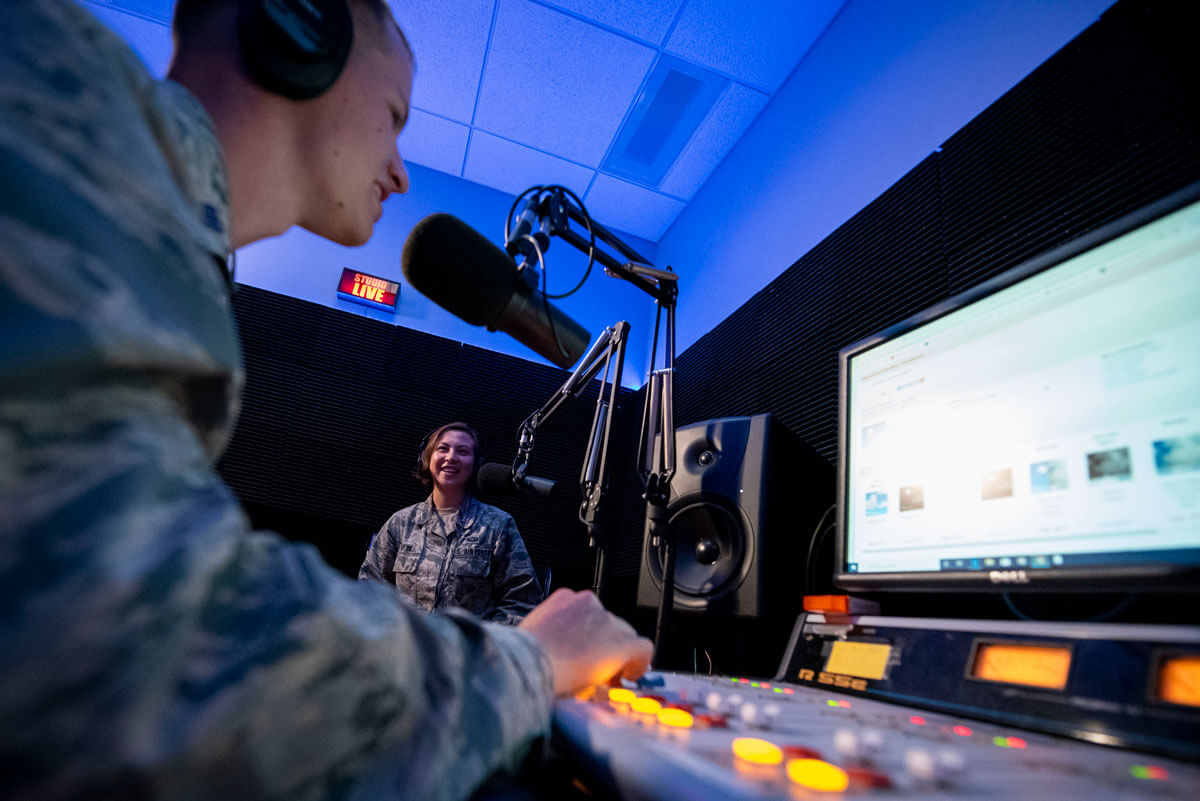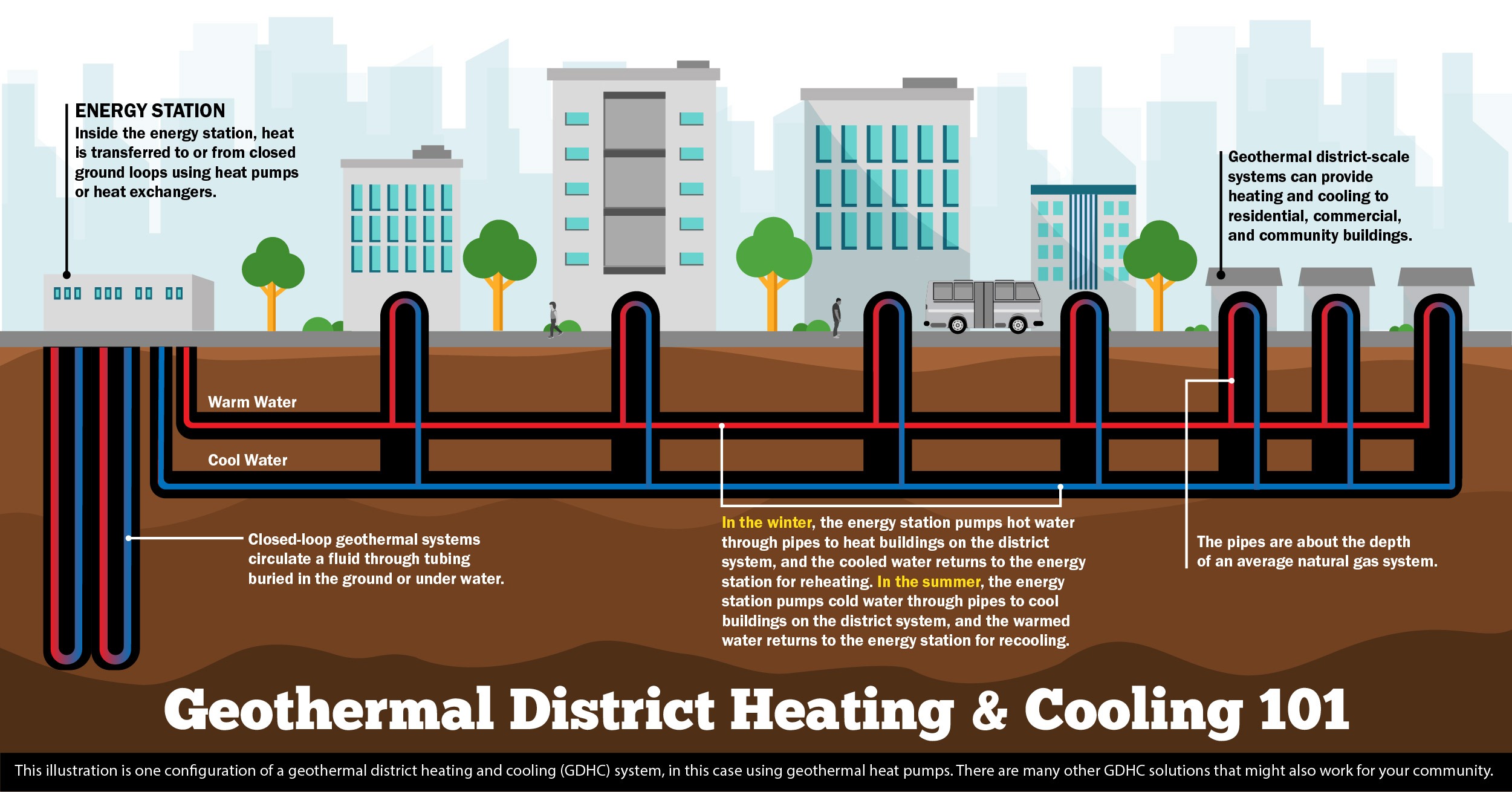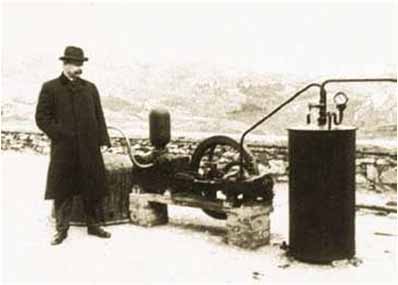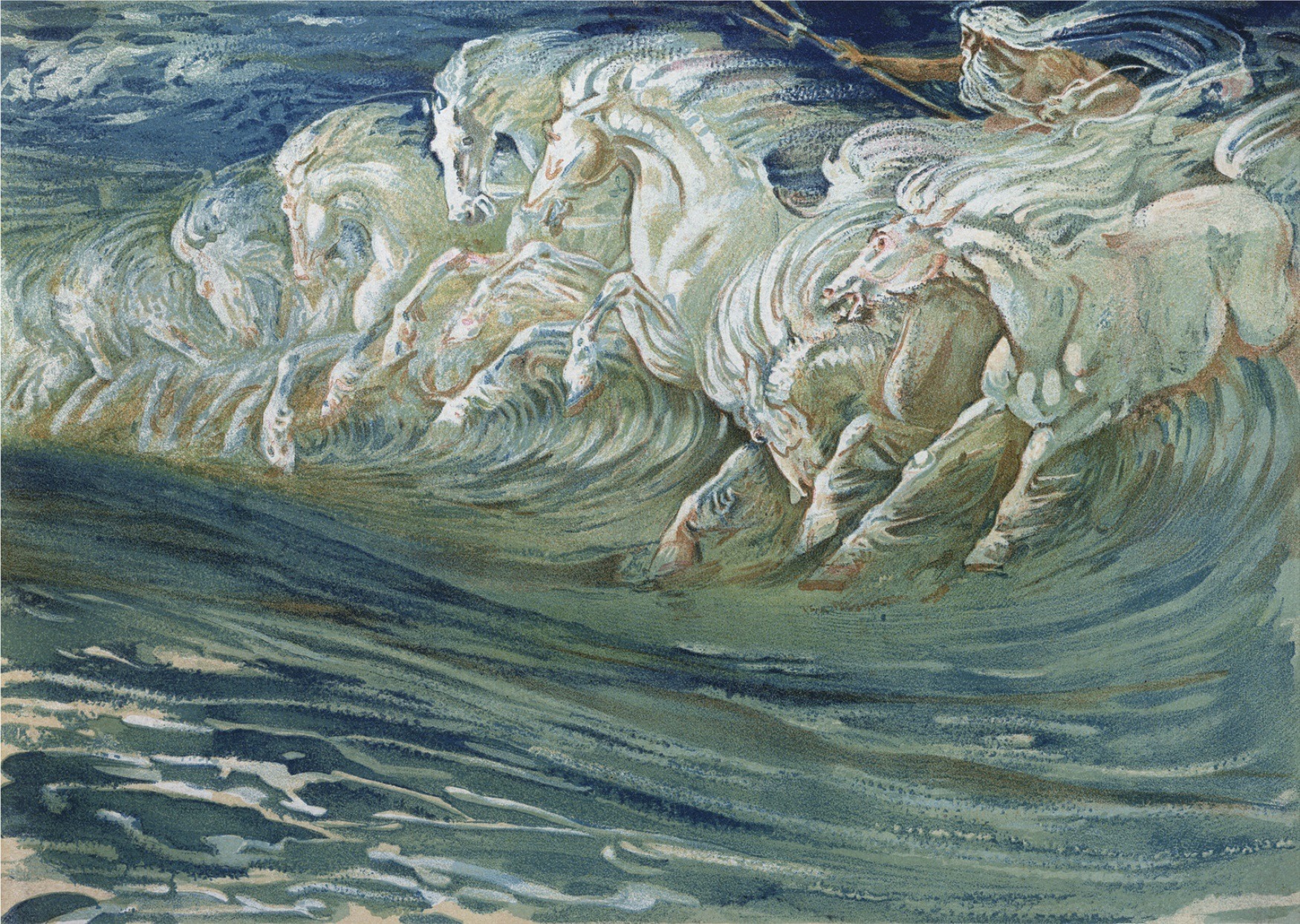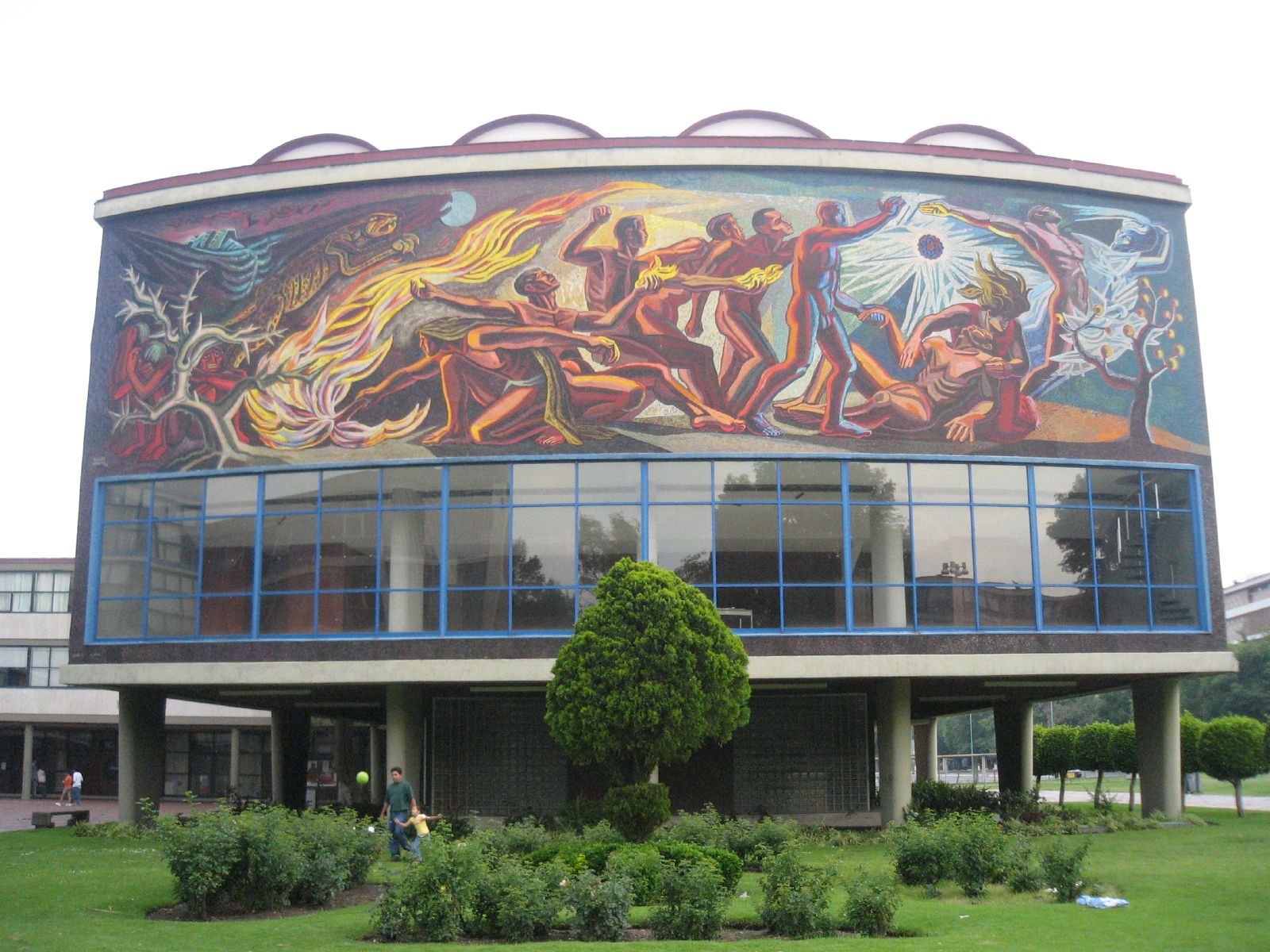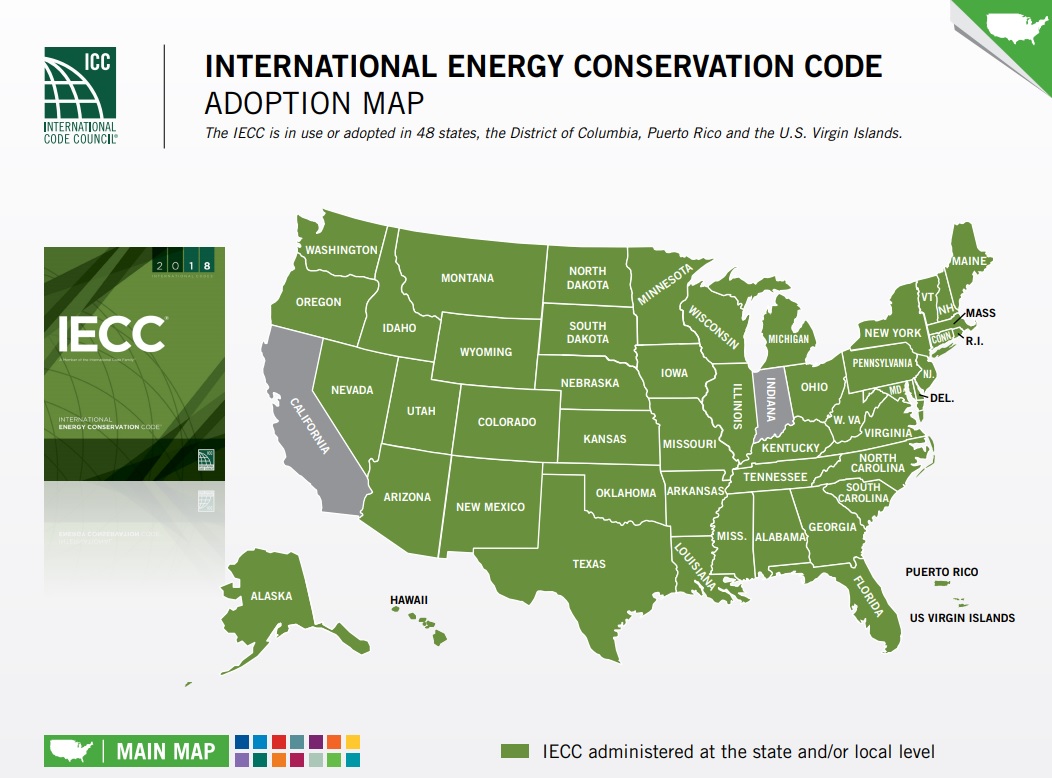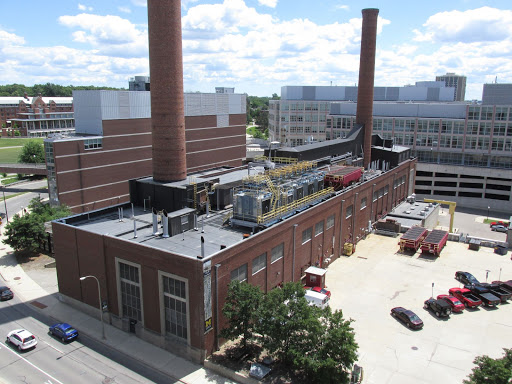Banana Nut Muffins
- Home Page 104

Plumbing & Sanitation
Today we slice horizontally through several vertical catalogs that interact, cross reference and are fairly dynamic in their best practice discovery and promulgation.
ASME A112.*| ASSE Series 5000 | AWWA| IAPMO | CISPI 301 Series | NSF Ann Arbor Michigan
Plumbing and sanitation systems in educational settlements – especially those with healthcare and research enterprises are intricately linked, ensuring clean water supply, waste removal, and public health. Plumbing systems deliver potable water to dormitories, academic buildings, dining halls, and recreational facilities through a network of pipes, pumps, and valves. (Kitchens). These systems source water from municipal supplies or campus wells, often treated to meet safety standards (Backflow Prevention). Hot water heaters and pressure regulators maintain consistent supply for showers, sinks, and laboratories.
Sanitation systems, conversely, manage wastewater and sewage. They collect used water from toilets, sinks, and showers, channeling it through drainage pipes to campus treatment facilities or municipal sewer systems. Advanced campuses may employ on-site wastewater treatment plants, using processes like sedimentation and biological treatment to reduce environmental impact. Regular maintenance, including pipe cleaning and septic tank pumping, prevents blockages and contamination.
The interaction requires precise coordination. Plumbing systems must avoid cross-contamination with sanitation lines, using backflow preventers and proper pipe insulation.
Sanitation systems rely on plumbing’s water flow to transport waste efficiently. On large campuses, high demand during peak hours challenges both systems, necessitating robust infrastructure. Sustainable practices, like low-flow fixtures and greywater recycling, enhance efficiency, reduce costs, and align with campus environmental goals, ensuring a hygienic and functional environment.
Join us today at 11 AM when we sort through the settled science and unsettled standards of care. Use the login credentials at the upper right of our home page.
Related:
LIVE: KAFA 97.7 FM | THE ACADEMY
“We see that the Pacific theater presents significantly longer distances than any theater we operated in the recent past, and that’s going to present some pretty significant fuel/logistic supply chain risk,” said DAD Roberto Guerrero.https://t.co/ncdcEwP6d3
— Air Force Energy (@AFEnergy) May 15, 2023
How many pounds of stuffing can a C-5 carry? Asking for a friend… #HappyThanksgiving @TeamCharleston @Travis60AMW pic.twitter.com/kKkBIEC5py
— Air Force Energy (@AFEnergy) November 23, 2021
Backflow
The University has a strong reputation for research and innovation in many fields related to the prevention of backflow incidents:
Viterbi School of Engineering has a dedicated Environmental Engineering program that focuses on water quality and management. This program has faculty members who are experts in water treatment and distribution systems, including backflow prevention technologies. The school also offers research opportunities for graduate students to work on water-related projects, including those related to backflow prevention.
Keck School of Medicine has a Department of Preventive Medicine that conducts research on environmental health, including waterborne diseases and contamination. This department has published research on the prevention of waterborne disease outbreaks and the importance of backflow prevention measures in protecting public health.
The USC Environmental Health and Safety department is responsible for overseeing the safety and compliance of the university’s facilities, including its water systems. EH&S works closely with the university’s Facilities Management Services to ensure that backflow prevention measures are in place and maintained.
The USC Foundation drafts definitions and specifications covering cross-connection control and the assemblies required for the prevention of backflow.
What are Plumbing Codes?
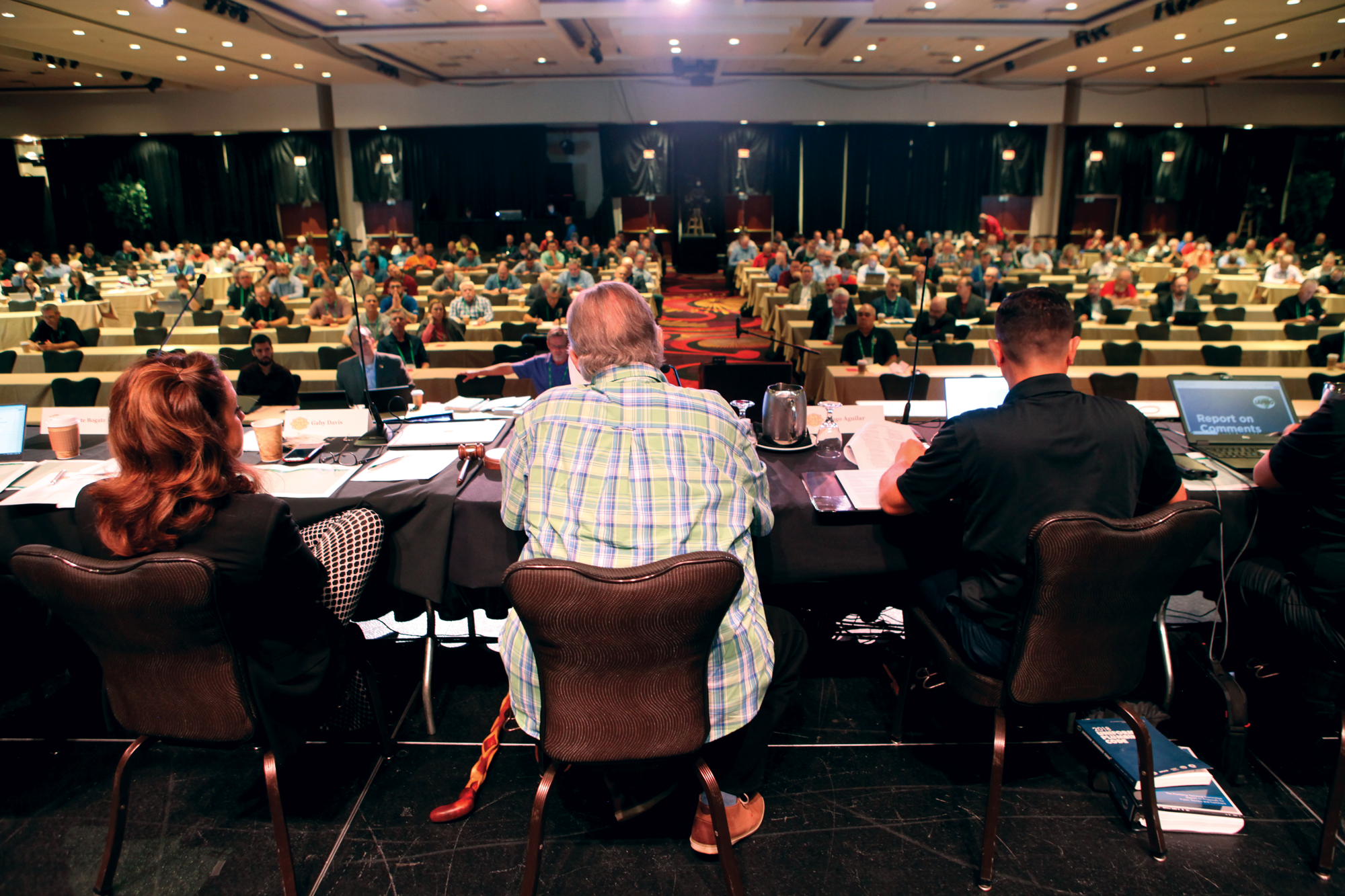
IAPMO develops codes and standards in collaboration with industry experts, government officials, and other stakeholders. These codes and standards are designed to promote public health, safety, and welfare by establishing minimum requirements for the design, installation, and maintenance of plumbing and mechanical systems.
FREE ACCESS: 2021 Uniform Plumbing Code
While the IAPMO catalog may be less well-known beyond its home waters the path through their periodic revision process is very transparent; one of the most transparent accredited standards developers in the land. We get to say that because there is no one else on earth that has been slicing horizontally through so many “domain silos” for so long. (We have practically created an original academic discipline).
For example:
The IAPMO ANSI-Accredited Development Process
2024 Uniform Plumbing Code Report on Proposals (1200 pages)
2022 Uniform Plumbind Code Report on Comments (1056 pages)
TENTATIVE – 2027 UPC/UMC CODE DEVELOPMENT TIMELINE
We maintain the IAPMO catalog on our periodic Water 200/Water 400 colloquia. See our CALENDAR for the next online meeting; open to everyone.
There were several barriers to the adoption of interior plumbing systems throughout history. Here are some of the key factors that contributed to the slow adoption of indoor plumbing:
-
Lack of technology: In the early days of plumbing, there was a lack of technological advancement, making it difficult to design and install effective plumbing systems. The development of new technologies such as water pumps, water heaters, and pipes made it easier to bring water into buildings and distribute it throughout the space.
-
High cost: Building indoor plumbing systems was a significant expense, and many people simply couldn’t afford it. Installing plumbing required digging trenches, installing pipes, and connecting to a reliable water source, all of which were expensive undertakings.
-
Health concerns: In the past, there were concerns about the safety and cleanliness of indoor plumbing systems. There was a fear that standing water in pipes could lead to the growth of bacteria and other harmful microorganisms, and that indoor plumbing could increase the risk of waterborne diseases.
- Cultural attitudes: For many years, there was a cultural stigma associated with using indoor plumbing facilities. Some people believed that it was unsanitary or even immoral to use a toilet inside the home, and others preferred to use outhouses or other outdoor facilities.
- Lack of knowledge: In many cases, people simply didn’t know how to build or maintain indoor plumbing systems. Without the proper knowledge or skills, it was difficult to design and install a reliable and effective system.
Despite these barriers, the adoption of indoor plumbing systems slowly increased over time, as new technologies and innovations made it easier and more affordable to install plumbing in buildings. Today, indoor plumbing is considered an essential component of modern living, and is a standard feature in homes and buildings around the world.
Milestones:
- William Feetham (1767): An English stove maker who designed the first shower in 1767. Seen largely as a luxury at the time since most people did not have access to indoor plumbing and the requisite metal tank required to be heated over a fire.
- H.L Booth (1853): Inventor of the first practical showerhead in 1853 that allowed for a steady, controlled stream of water to be directed onto the bather.
- Thomas Crapper (1836-1910): Inventor of several refinements to the interior shower; although known more widely as the inventor of the modern flush toilet.
Earth Energy Systems
Geothermal systems cool buildings by leveraging the stable temperatures found beneath the Earth’s surface. A geothermal heat pump system consists of a ground loop, heat exchanger, and distribution system.
In cooling mode, the system extracts heat from the building and transfers it to the ground. The ground loop, typically composed of pipes buried horizontally or vertically, circulates a fluid that absorbs heat from the building’s interior. The fluid, warmed by this process, is then pumped through the ground loop where the Earth’s cooler temperatures absorb the heat, effectively dissipating it into the ground.
The cooled fluid returns to the heat pump, which distributes the now-cooler air throughout the building via the distribution system, such as ductwork. This process is highly efficient because the ground maintains a relatively constant temperature year-round, allowing the geothermal system to operate with less energy compared to traditional air-source cooling methods.
At the moment, though the technology has been made practical since Prince Piero Ginori Conti’s discovery in 1904, and has since tracked well in local building codes and environmental regulations, the bibliography for earth energy systems is nascent and relatively thin. One trade association is emerging from the gathering pace of applications and case studies: Closed-Loop/Geothermal Heat Pump Systems Design and Installation Standards
We maintain the IGSHPA catalog on the standing agenda of our Energy, Mechanical and Air Conditioning colloquia. See our CALENDAR for the next online meeting; open to everyone.
Partial Bibliography:
Handbook of Best Practices for Geothermal Drilling
Best Practices for Designing Geothermal Systems
Geothermal Direct Use Engineering and Design Guidebook
International Standards
ISO 13612-1:2014 – Heating and cooling systems in buildings — Method for calculation of the system performance and system design for heat pump systems — Part 1: Design and dimensioning.
-
- This standard covers the design and performance calculation of geothermal heat pump systems.
ISO 14823:2017 – Intelligent transport systems — Graphic data dictionary.
-
- While not specific to geothermal, this standard includes data relevant to various systems, including geothermal energy systems.
ISO 52000-1:2017 – Energy performance of buildings — Overarching EPB assessment — Part 1: General framework and procedures.
-
- This standard provides a general framework for assessing the energy performance of buildings, which includes geothermal systems.
IEC 61753-111-7:2014 – Fibre optic interconnecting devices and passive components – Performance standard – Part 111-7: Sealed closures for category S – Subterranean environments.
-
- Relevant for the installation of geothermal systems that include fiber optic components in subterranean environments.
North American Standards
CSA C448: Design and installation of earth energy systems.
ANSI/CSA C448 Series-16 – Design and Installation of Earth Energy Systems.
-
- This standard covers the design and installation of geothermal heat pump systems in the United States, providing guidelines on installation practices, materials, and system performance.
ASHRAE Standard 90.1 – Energy Standard for Buildings Except Low-Rise Residential Buildings.
-
- This standard sets the minimum energy efficiency requirements for the design and construction of buildings, including the installation of geothermal systems.
IGSHPA Standards – International Ground Source Heat Pump Association (IGSHPA) Standards.
-
- The IGSHPA develops standards for the design and installation of geothermal heat pump systems, with a focus on closed-loop systems.
NFPA 54 – National Fuel Gas Code.
-
- Although primarily focused on fuel gas systems, this standard may intersect with geothermal systems when they involve hybrid solutions that include gas heating.
EPA Standards for Geothermal Energy (40 CFR Part 144) – Underground Injection Control (UIC) Program.
-
- This standard regulates the injection of fluids into underground wells, relevant for geothermal systems that involve deep wells for heat exchange.
UL 1995 – Heating and Cooling Equipment.
-
- This standard applies to the safety of heating and cooling equipment, including geothermal heat pumps.
Bernoulli’s Principle pic.twitter.com/EwXrssQBtw
— NERD (نَرْد) (@NERD2040) October 2, 2024
International Energy Conservation Code
2024 International Energy Conservation Code (IECC) | April, May 2025
2024/2025/2026 ICC CODE DEVELOPMENT SCHEDULE
2024 GROUP A PROPOSED CHANGES TO THE I-CODES
Public Comment Period on the IECC
AIA Michigan Comment on ICC Code Development Process
National Electrical Manufacturers Association
Shouldn’t energy conservation measures be determined by market forces rather than building construction regulations?
Energy codes in the United States are adopted and enforced at the state level, and the stringency of the energy codes can vary widely from state to state. For example, as of September 2021, four states (Alabama, Mississippi, South Carolina, and West Virginia) had not adopted statewide energy codes at all, according to the Building Codes Assistance Project. Other states may have adopted energy codes but have not updated them to the latest version, which could be less stringent than more recent versions.
We do not spend too many resources challenging the zietgeist. Engineers, by nature, seek to do more with less but it is worth reminding our colleagues that energy conservation practices vary widely around the globe and not every nation supports what amounts to an energy police state.
The International Energy Conservation Code is a model building code developed by the International Code Council for incorporation by reference into state and local energy conservation legislation. Free access to the current edition is linked below:
2021 International Energy Conservation Code
Sell Sheet: Leading the Way to Energy Efficiency
2024 International Energy Conservation Code Update: Appeals Deadline Extended
Apart from product prescriptive passages IECC is a largely a performance code which draws its inspiration from other energy-related catalogs developed by United States standards developers; notably ASHRAE International. Several accessory titles supporting the current 2021 edition which address energy efficiency on several fronts including cost, energy usage, use of natural resources and the impact of energy usage on the environment are linked below:
Many of the ideas in play can be tracked in the transcripts linked below:
Complete Monograph: 2022 Group B Proposed Changes
Complete Monograph: 2022 Group B Public Comment Agenda
Note the pre-occupation with products such as insulation, fenestration, power outlets and lighting — reflecting the financial support of energy activists advocating on behalf of manufacturers who tend build the cost of their advocacy in the price of their product.
A commonly overlooked energy conservation measure is reducing standby power consumption, also known as “vampire power.” Many electronic devices, such as televisions, computers, and chargers, consume energy even when they are not actively being used but are still plugged in. This standby power can account for up to 10% of a building’s energy consumption.
While our focus tends to be on the commercial facility docket, we keep an eye on the residential docket because, a) many colleges and universities own and operate square-footage on the periphery of their campuses that is classified as residential, b) many student rental houses are obviously classified as residential and we want property owners to be able to afford reasonable energy conservation measures for the houses they rent to students.*
From previous posts we explained we summarized our priorities for the Group B cycle and the IECC in particular:
- Education facilities as storm shelters
- Laboratory ventilation
- Classroom lighting
- Expansion of lighting controls
- Expansion of receptacle controls
- Expansion of electrical power system design requirements above beyond National Electrical Code minimums.
We encourage our colleagues in energy enterprises in education communities to participate directly in the ICC Code Development Process.*
2024/2025/2026 ICC CODE DEVELOPMENT SCHEDULE
The IECC is a standing item on our periodic Energy 200, Power, Mechanical and Hello World! colloquia. See our CALENDAR for the next online meeting; open to everyone.
Issue: [Various]
Category: Architectural, Facility Asset Management, Space Planning
Colleagues: Mike Anthony, Jim Harvey, Jack Janveja, Richard Robben, Larry Spielvogel
* More:
Campus Garden Brew
Harvard Net Position 2024: $16.582B | University of Michigan Net Position 2024: $22.335B
Good morning everyone. Hope you have a great day ♥️ pic.twitter.com/Fq3btwXrXg
— JAN 🇺🇸 (@janaroo1) April 22, 2025
Harvard Life Sciences Facilities
Harvard University | Campus Property, Facilities, and Resources
Harvard University Buildings & Facilities
Harvard University Facilities Maintenance Department
Iced Pistachio Latte
This content is accessible to paid subscribers. To view it please enter your password below or send mike@standardsmichigan.com a request for subscription details.
Nettle Soup
https://www.facebook.com/BrightonCookerySchool/about
New update alert! The 2022 update to the Trademark Assignment Dataset is now available online. Find 1.29 million trademark assignments, involving 2.28 million unique trademark properties issued by the USPTO between March 1952 and January 2023: https://t.co/njrDAbSpwB pic.twitter.com/GkAXrHoQ9T
— USPTO (@uspto) July 13, 2023
Standards Michigan Group, LLC
2723 South State Street | Suite 150
Ann Arbor, MI 48104 USA
888-746-3670




